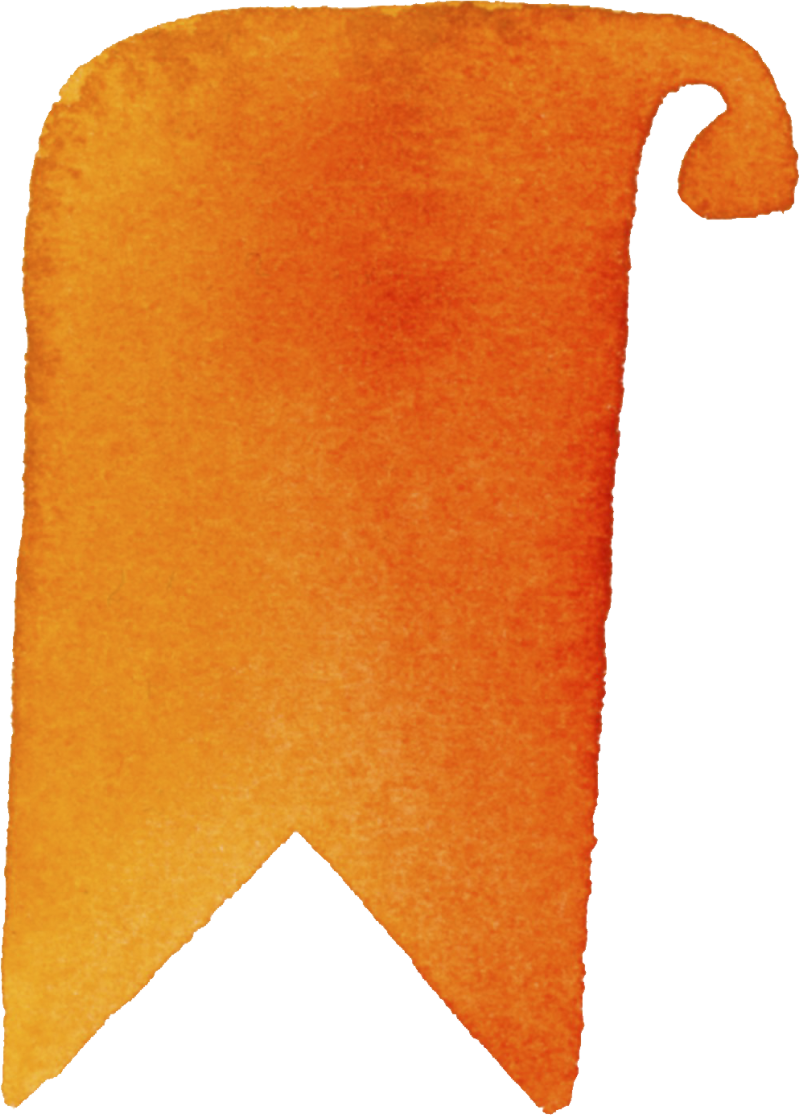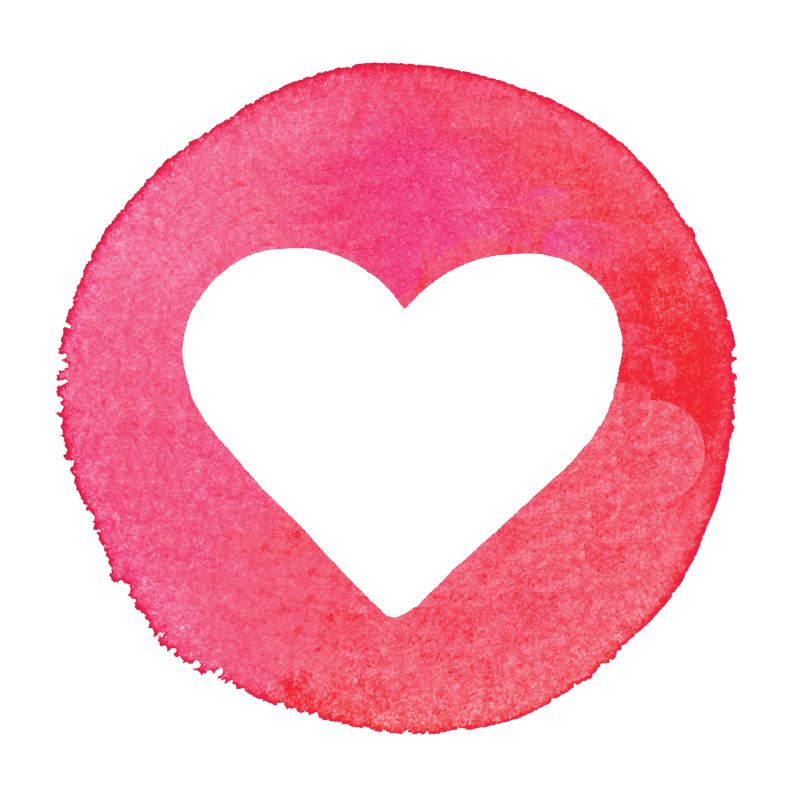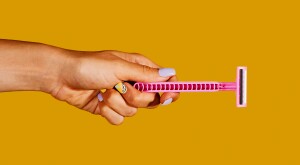Do you like to win free books and hear from your favorite authors? Do you enjoy conversations with other women readers? Then join our closed Facebook group, The Girlfriend Book Club, today. You'll love it!
Standing on the sidelines of a 5th-grade girls’ soccer game, I recently found myself chatting about work with a fellow mom, a dermatologist. The health writer in me couldn’t help but ask: “So, what’s the newest thing?”
“Well,” she said, “thanks to social media, every other patient is asking if they should buy a red-light mask.”
As a board-certified dermatologist in private practice in Chicago, Dr. Samantha Conrad is on the frontlines of one of the hottest wellness trends to hit 2025 so far — wearing a serial killer mask that bathes the face in a scarlet glow, allegedly softening wrinkles and stimulating collagen production in the process.
Other viral 2025 wellness trends currently being espoused by influencers far and wide include cold plunges (for boosting mood, easing pain, and more) and applying topical estrogen cream, originally designed for vaginal use throughout peri- and post-menopause, to the face in an attempt to minimize wrinkles and improve skin texture.
But just because an influencer with dewy skin or a sunny disposition tells you something works doesn’t mean you should try it. If it did, we’d all be eating a pound of raw meat every morning to heal our gut and sunning our perineum to boost cellular turnover. (Google it. Actually, don’t.)
So, I asked the real pros, including my new soccer mom dermatologist friend, for their take on these trends.
Wellness Trend #1: Topical Estrogen Above the Waist
Vaginal tissue relies on estrogen to stay healthy, stretchy and lubricated. As estrogen naturally begins to decline in perimenopause — before plummeting post-menopause—this tissue often becomes dry, itchy and easily irritated. Prescription vaginal estrogen creams, rings and suppositories have long been a popular option for helping juice things back up.
The skin on your face runs on estrogen, too; the dryness, wrinkling, and collagen loss so often experienced in midlife are due, in part, to estrogen loss. (Sun exposure is another biggie.) Somewhere along the way, some intrepid individual reasoned, “If vaginal estrogen helps rehydrate and restore the skin down there, maybe it’ll work on facial skin, too.” And voila — you can now buy estrogen-based face creams that aim to soften fine lines, turbocharge hydration and more. (Technically, these products usually contain estriol, a weaker form of estrogen, while vaginal estrogens are generally the more potent estradiol.)
Doctors seem divided on whether the Big E lives up to the skincare hype.
Dr. Samantha Ellis, a board-certified dermatologist in Northern California, recently told her 234,000+ TikTok followers that when it comes to using topical estrogen for “skin suppleness, firmness, elasticity, and collagen ... I’m all about it.” In a follow-up YouTube video, she referenced several studies supporting topical estrogen’s positive potential, adding that it can work not only on the face, but the neck and hands, too.
But, she also acknowledged that many of these studies have limitations, including being conducted mainly on menopausal women (as opposed to those in perimenopause, who still have relatively higher levels of circulating estrogen).
Dr. Conrad wants to see more research into whether estrogen applied to the face gets absorbed into the bloodstream. Otherwise, “there’s the concern that it could negatively impact women with a history of certain estrogen-driven cancers or blood clotting disorders,” she says, adding that she’s seen patients go rogue and combine topical estrogen — sometimes from places like Amazon—with Hormone Replacement Therapy (HRT) or birth control pills, which could theoretically lead to elevated levels of estrogen in the blood.
For most women, estrogen facial products are likely safe, says Dr. Conrad. Still, be sure to tell your provider if you’re using any other forms of hormonal medication, if you have a personal or family history of any hormone-related cancers, and if you’re up-to-date with your mammograms, Pap smears and other routine tests. But if you’re looking for “the holy grail” to slow down skin aging, “we’ve already solved that one,” Dr. Conrad says. “It’s called sunscreen.”
Wellness Trend #2: Cold Plunges
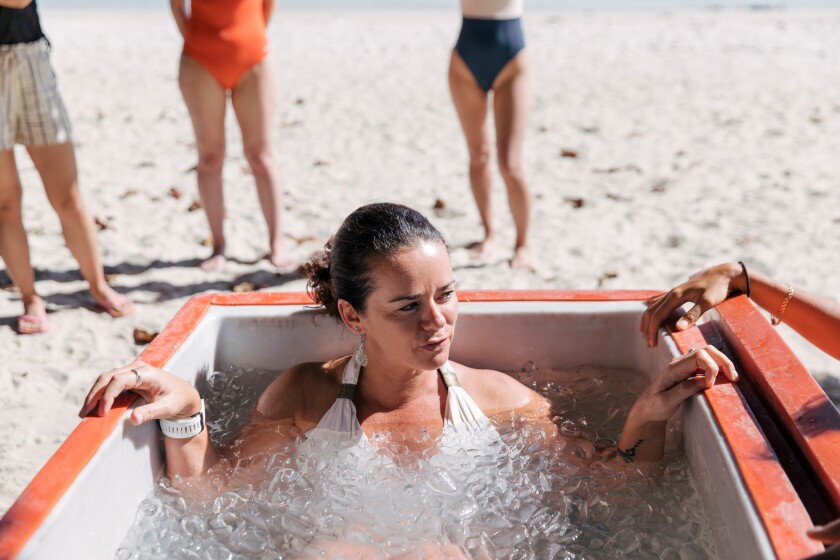
If Amber Kulcsar, a 45-year-old data control specialist from South Bend, Indiana, wants to have a good day, she kicks things off by submerging herself in a bathtub filled with bone-chilling 45-degree water.
“There's this moment when I first get in and it's painful, and I need to get my breathing under control,” she says. “But after about two minutes, something happens chemically that I really like, like a rush.”
The chill vibes last long after Kulcsar warms up. “I get really depressed in the winter, and it’s helped balance my mood.”
Nikki Miller, Director of Kohler Waters Spa, says cold water immersion (CWI) reduces levels of the stress hormone cortisol and triggers the release of endorphins, both of which correlate with improved mood. Multiple studies suggest that over time, learning how to tolerate and adjust to the shock of brief cold-water exposure could improve how people respond to and rebound from everyday stressors.
A 2024 U.K. study found that cold water swimming had a positive effect on perimenopausal symptoms like anxiety, mood swings, and hot flashes. Additionally, cold plunges “provide muscle recovery and reduced muscle tension,” Miller says.
Adds Melinda K. Casanova, Spa Director at The Ritz-Carlton Dallas, Las Colinas in Irving, Texas, “It's a way to take ice packs to the next level. Cold water constricts blood vessels, which helps with inflammation.”
If Kulcsar’s 45 degrees sound unbearable, Miller says your nervous system can reap similar benefits from slightly warmer temperatures—experts at the Cleveland Clinic suggest beginners start no lower than 50 to 59°F—or from a cold shower, so long as “the exposure lasts a minimum of 30 seconds, to achieve full benefits.” Individuals with medical conditions such as high blood pressure, heart disease, or diabetes should check with their doctor before attempting any form of cold water therapy.
The authors of a new meta-analysis of 11 studies on the topic concluded that while the evidence points towards CWI as a promising treatment for “stress management and well-being support,” they’d like to see more rigorous studies focusing on long-term effects, especially for the general population.
Wellness Trend #3: Red Light Therapy
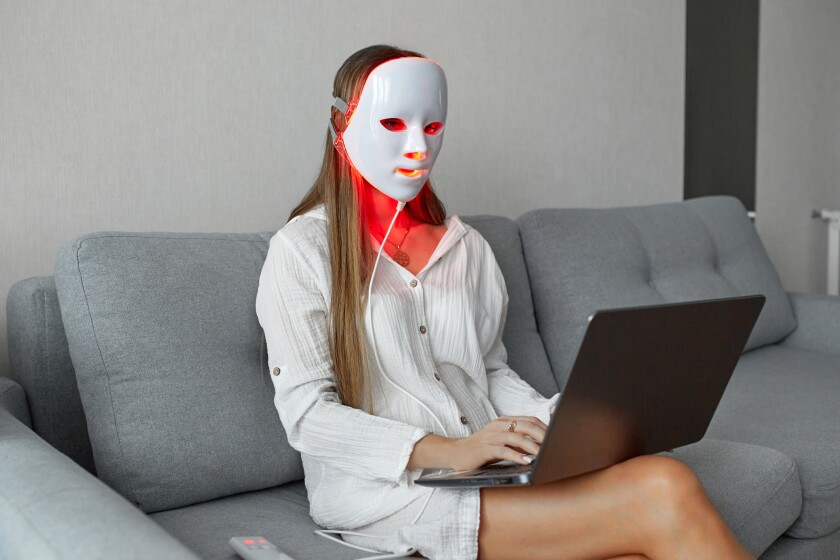
You’ve seen the Instagram posts: a woman vegging on the couch, her face bathed in a scarlet glow beneath an ’80s horror movie mask. Or maybe she’s wearing a helmet or baseball cap, red lasers quietly beaming into her scalp. These red-light therapy (RLT) devices utilize LED or laser technology to direct light into the skin, where mitochondria — tiny structures that serve as the energy-producing power plants of your cells — purportedly soak it up, fueling cellular repair. The masks, handheld wands, caps and blankets are marketed as a treatment for everything from acne, hair loss and wrinkles to achy joints and general inflammation.
Certified trichologist William Gaunitz, FWTS, likes twice-weekly, 20-minute sessions of a type of RLT called low-level laser therapy for Gen X women dealing with age-related hair thinning. The Laguna Beach, California, hair and scalp expert recommends products with a wavelength between 630 and 660 nanometers and no more than 80 diodes, which allows the light to penetrate deep enough into the scalp “to stimulate blood flow and decrease inflammation.”
Rather than use RLT as a standalone hair loss treatment, Gaunitz positions it as “a great adjunct” to other ongoing therapies, including topical products like Minoxidil and DHT blockers (which help blunt the hair follicle-shrinking effects of the hormone dihydrotestosterone) and nutritional supplementation. “Usually, after 90 days, you should see a reduction in shedding, improvement in body, and maybe some new fuzzies,” he says, with peak benefits emerging after 12 to 18 months of use.
Casanova gives RLT high marks for generally positive skin purposes, including firmer, more radiant skin (she recommends 10- to 20-minute mask sessions three to five times per week, with results showing after 8 to 12 weeks). She has also seen it used successfully to treat acne, psoriasis and wound care — though treatment guidelines vary according to the condition.
The American Academy of Dermatology appears cautiously optimistic, stating that repeated RLT use “can produce subtle to noticeable results on the face” in terms of fine lines and wrinkles, dark spots, redness and rough-textured skin and that “it’s possible” it may lead to hair regrowth. Everyone seems to agree that RLT is painless and doesn’t emit the type of damaging UV rays produced by the sun or tanning booths.
Casanova says DIY biohacking trends like these are “not going away” anytime soon. “We Gen Xers, we are aging,” she says, “but we have more tools and information than our moms had, and probably more disposable income. We want to invest not just in how we look, but in our health.”
Have you tried any of the above? Would you like to? Let us know in the comments below.

